Archive
2021
KubaParis
H Y P E R M A R K E T
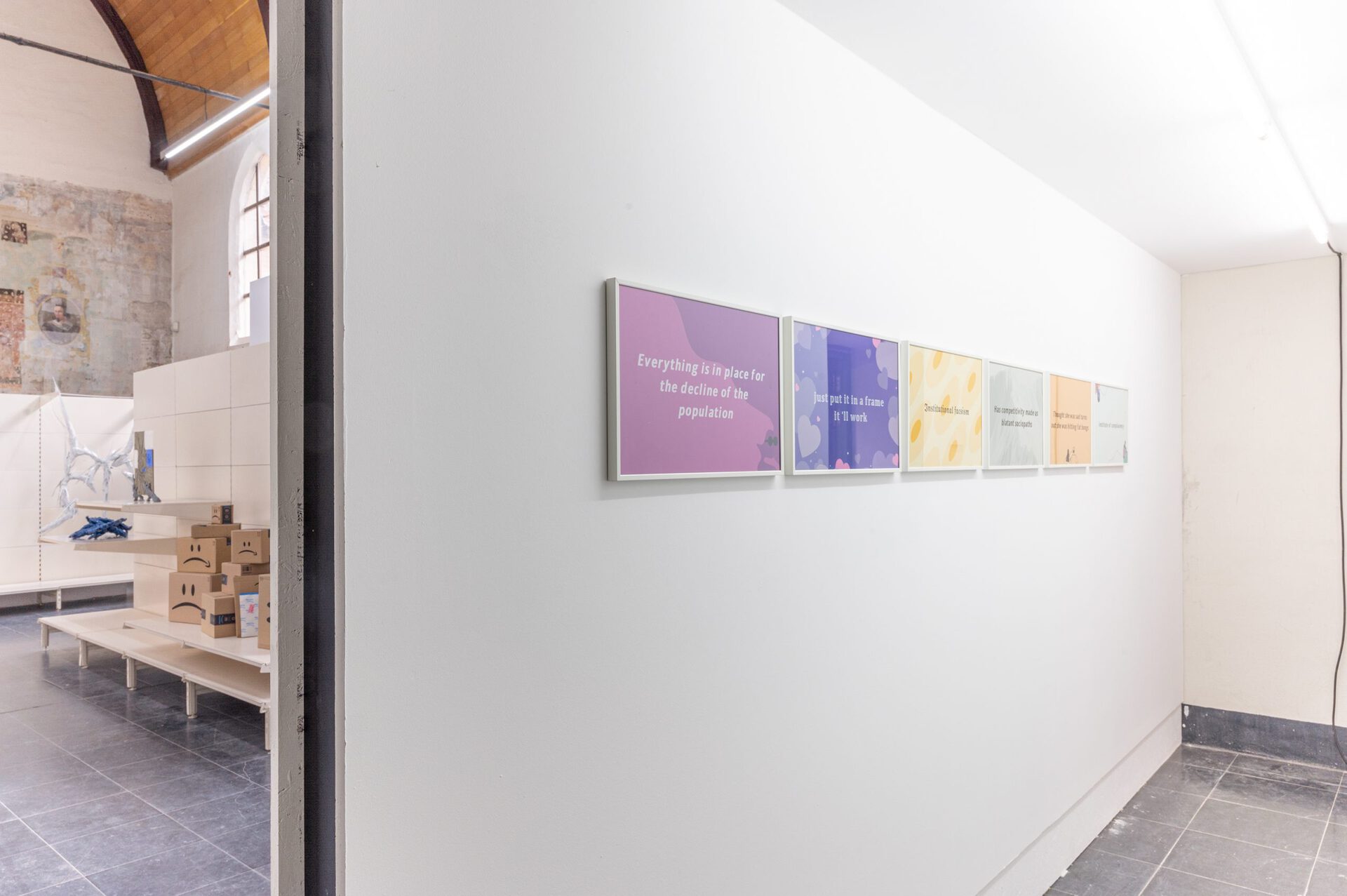
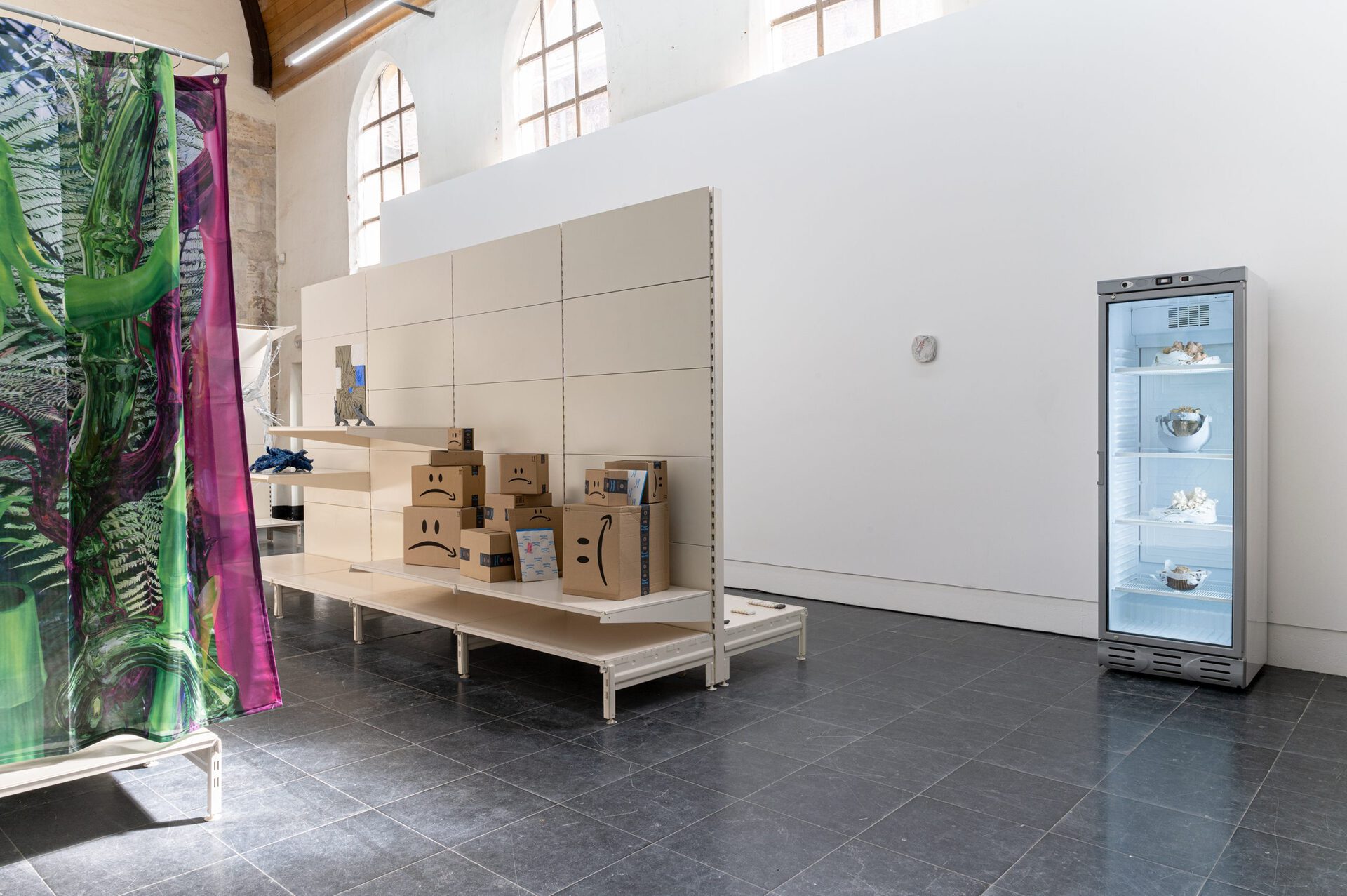


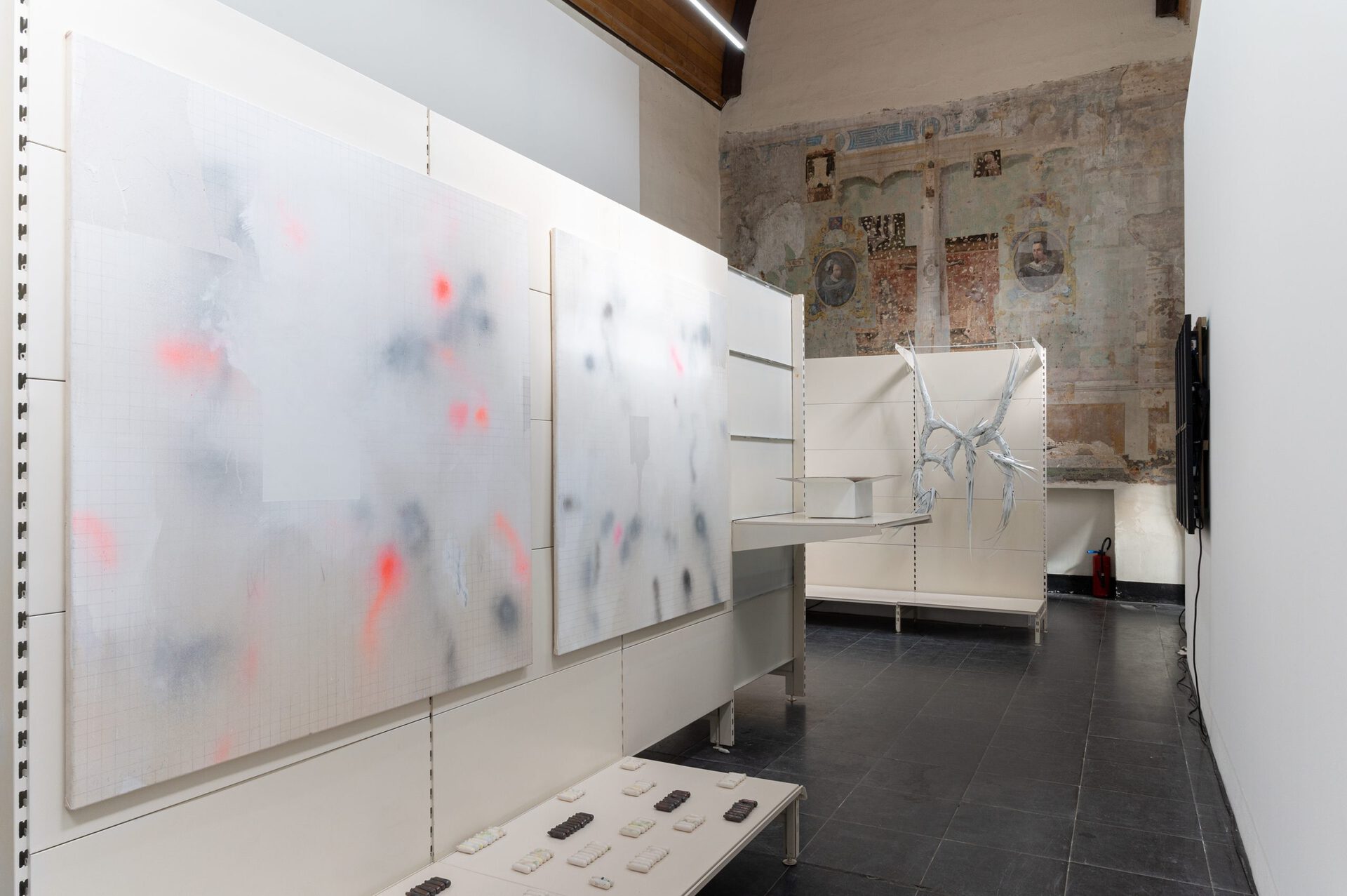
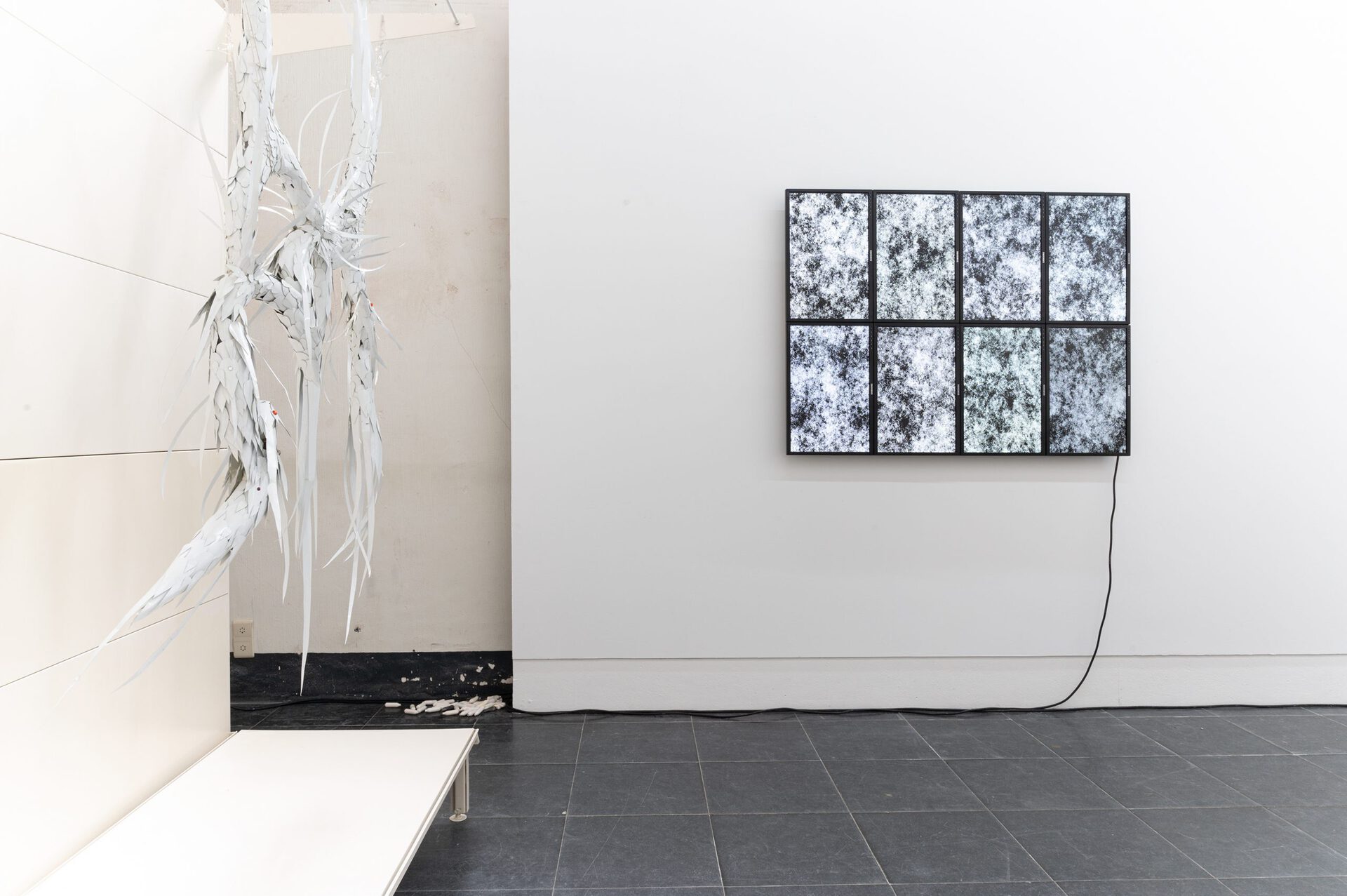
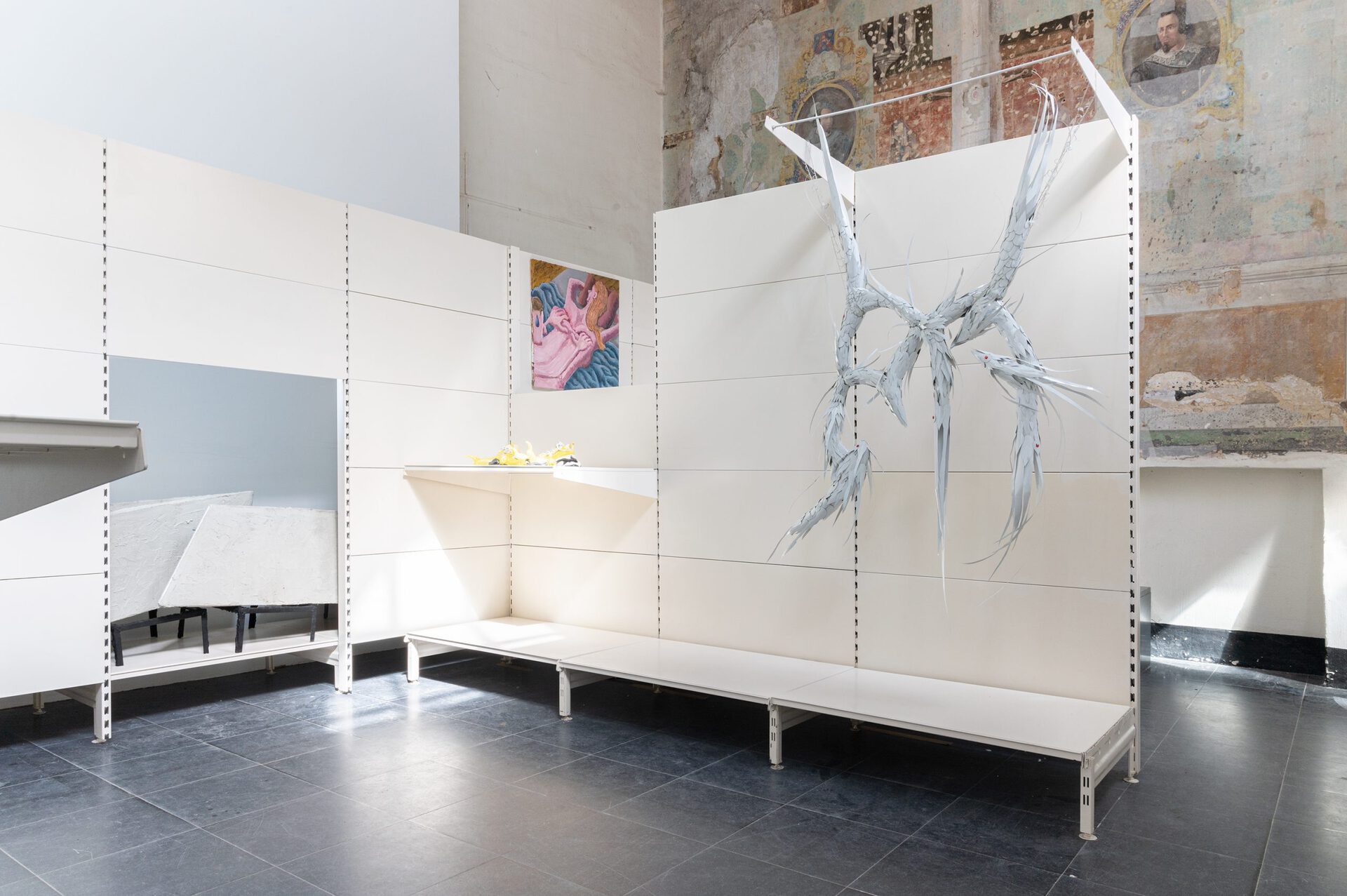

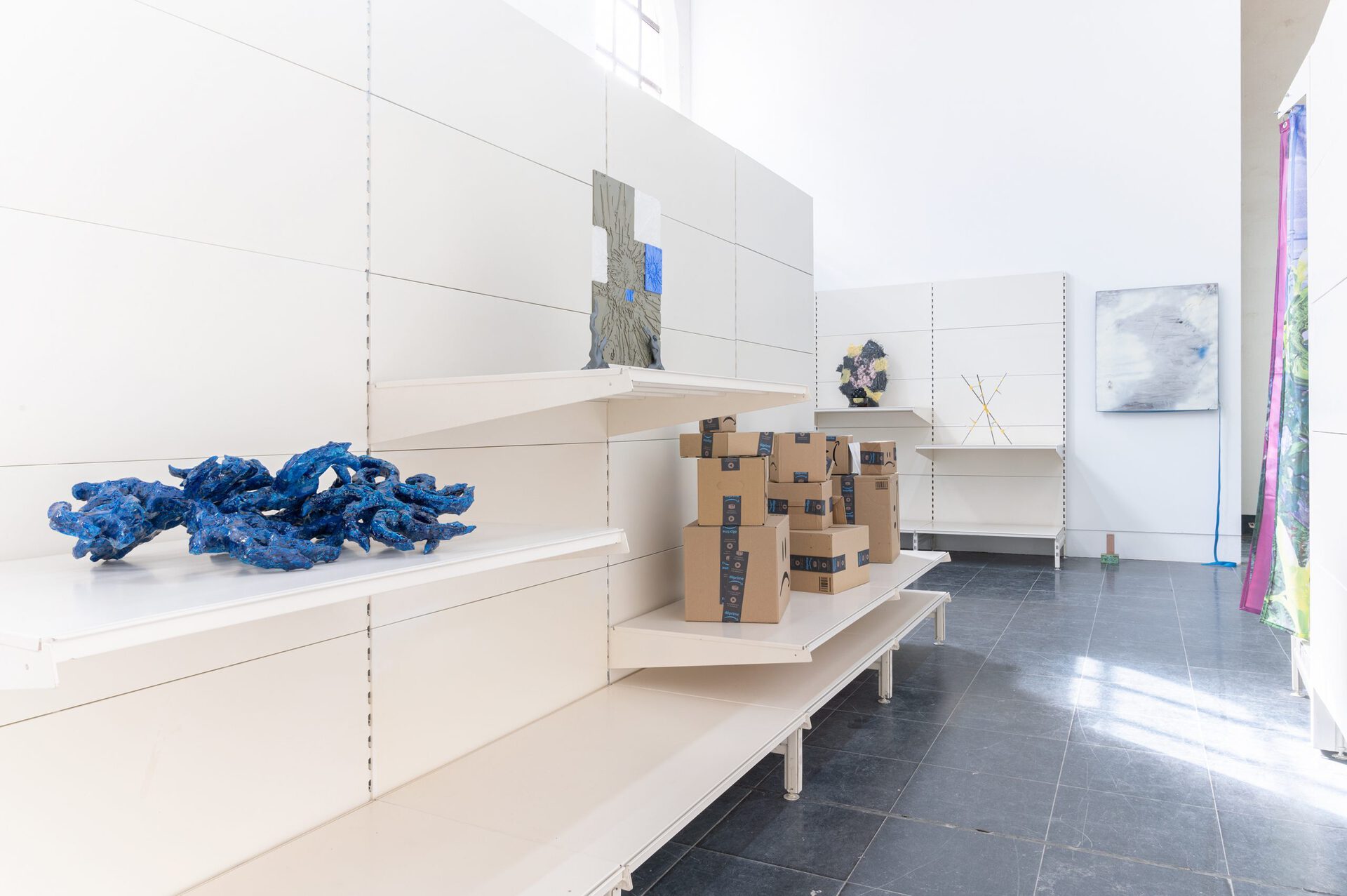
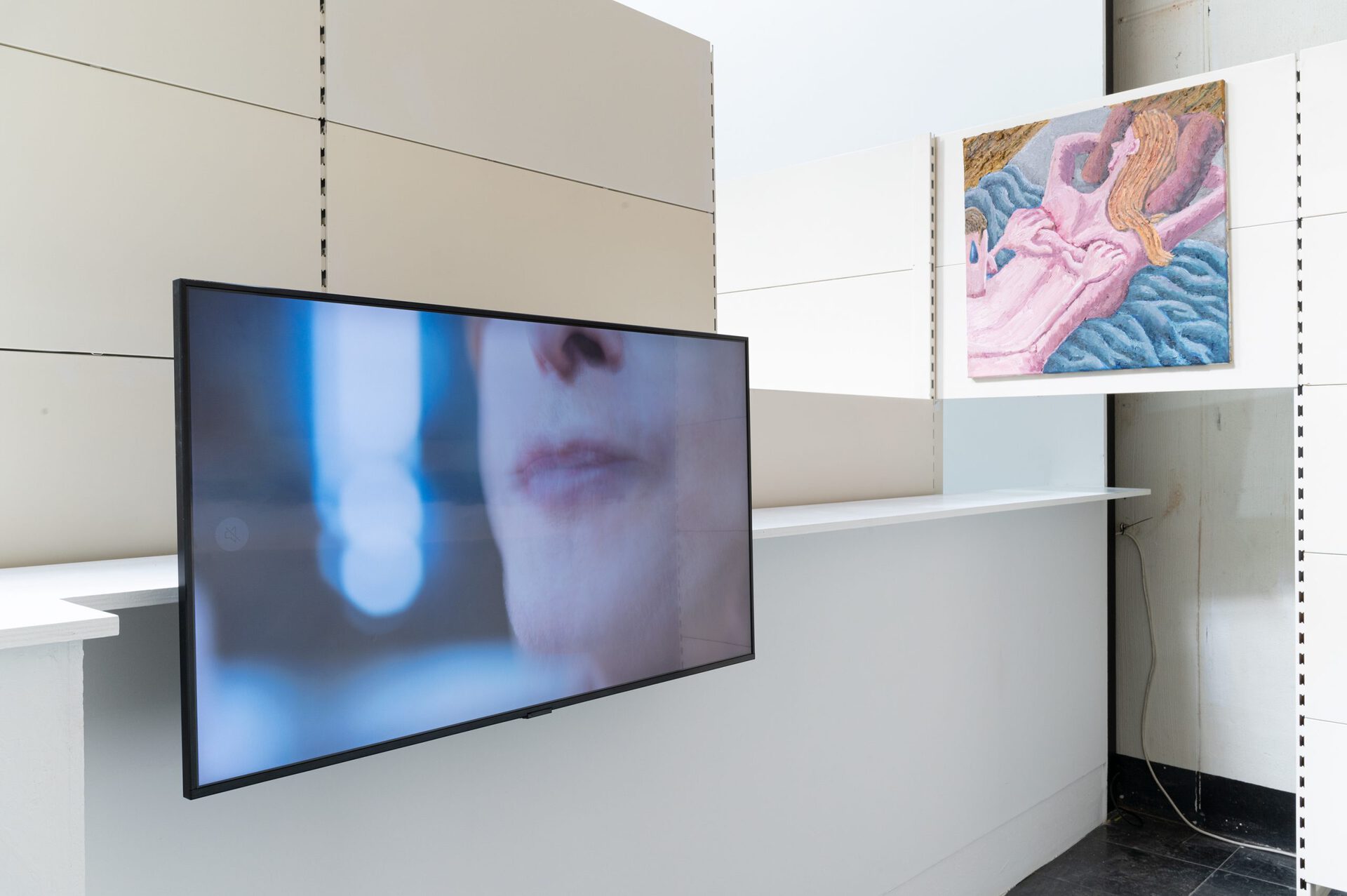
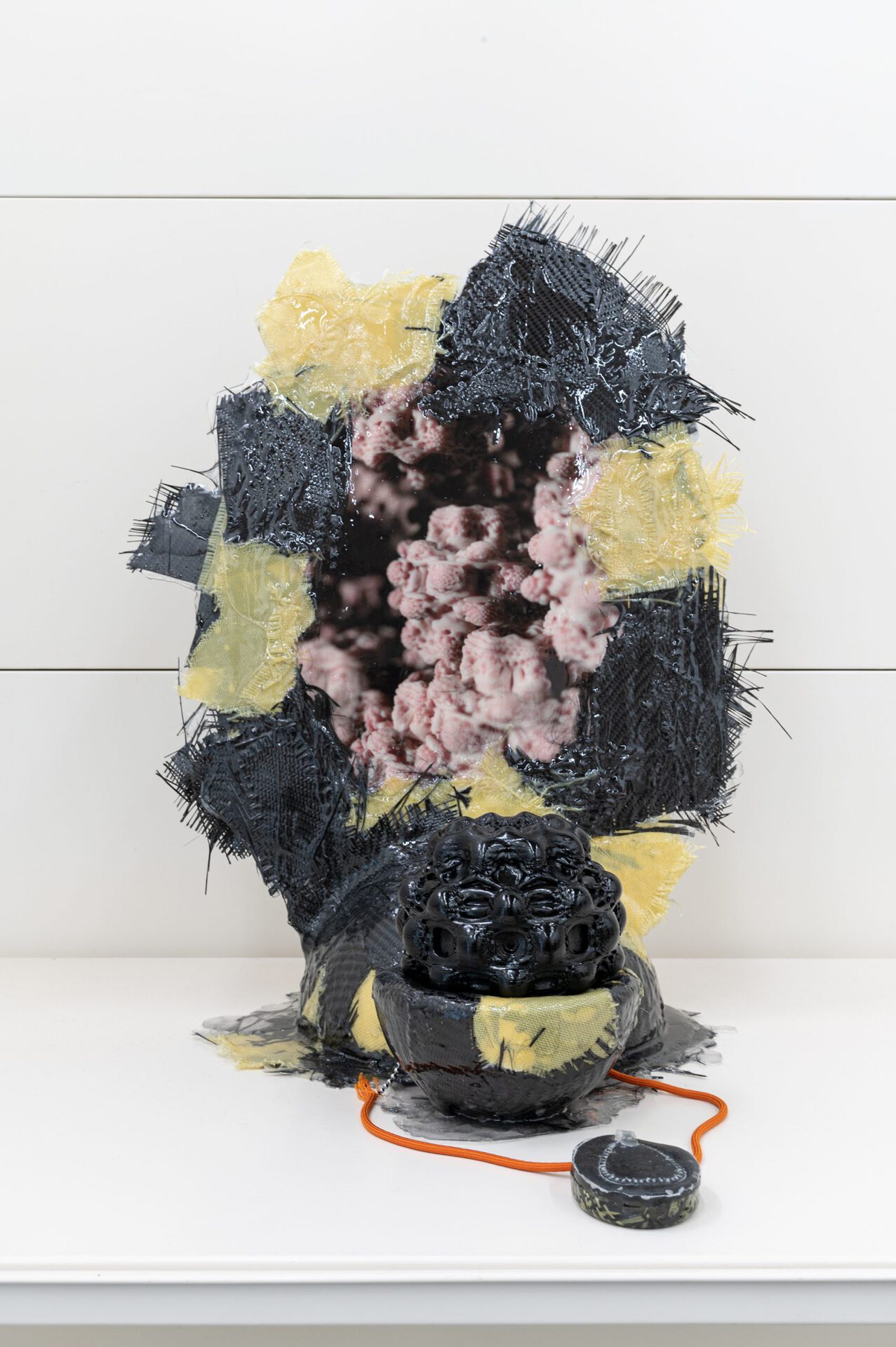


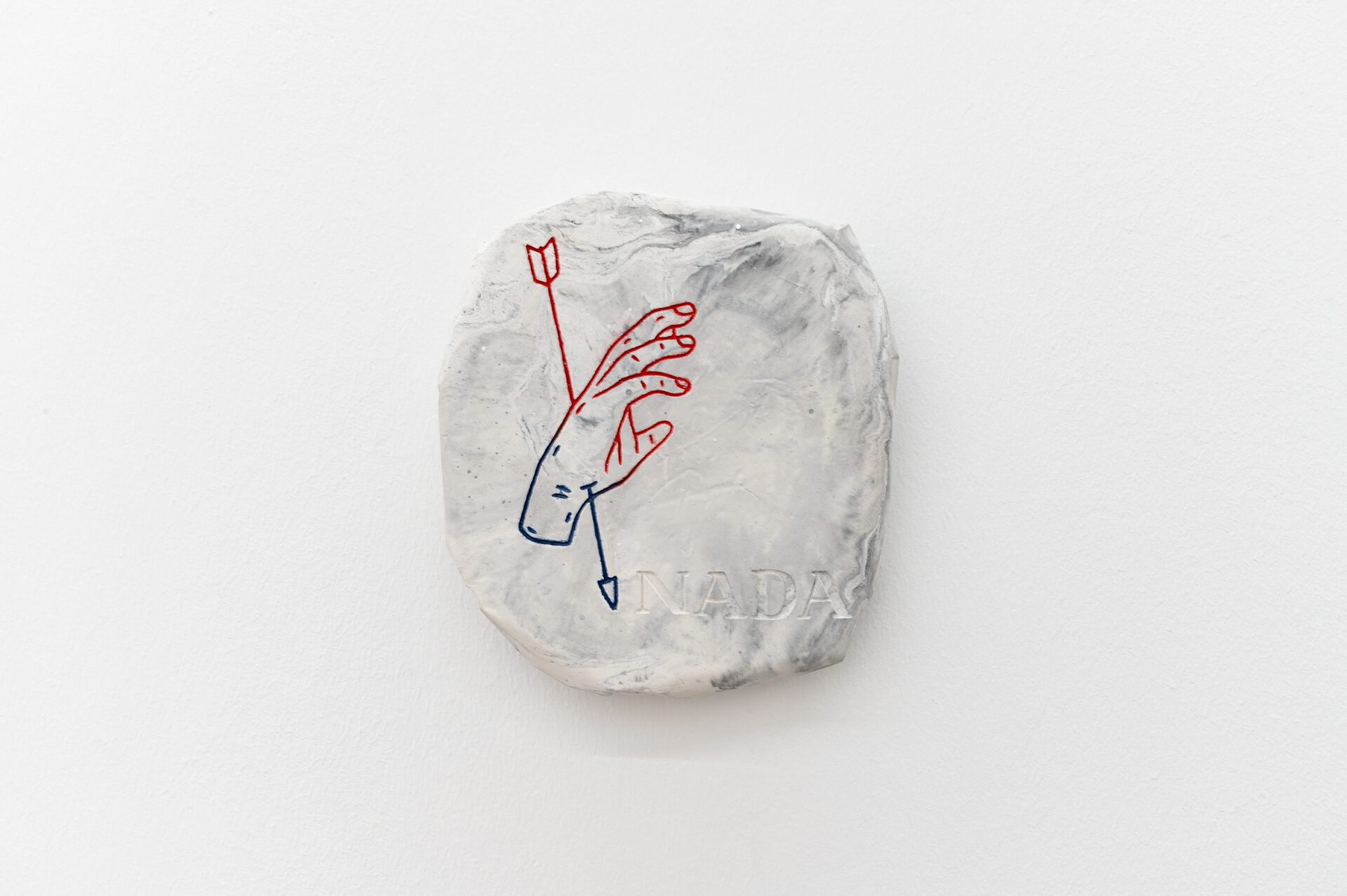
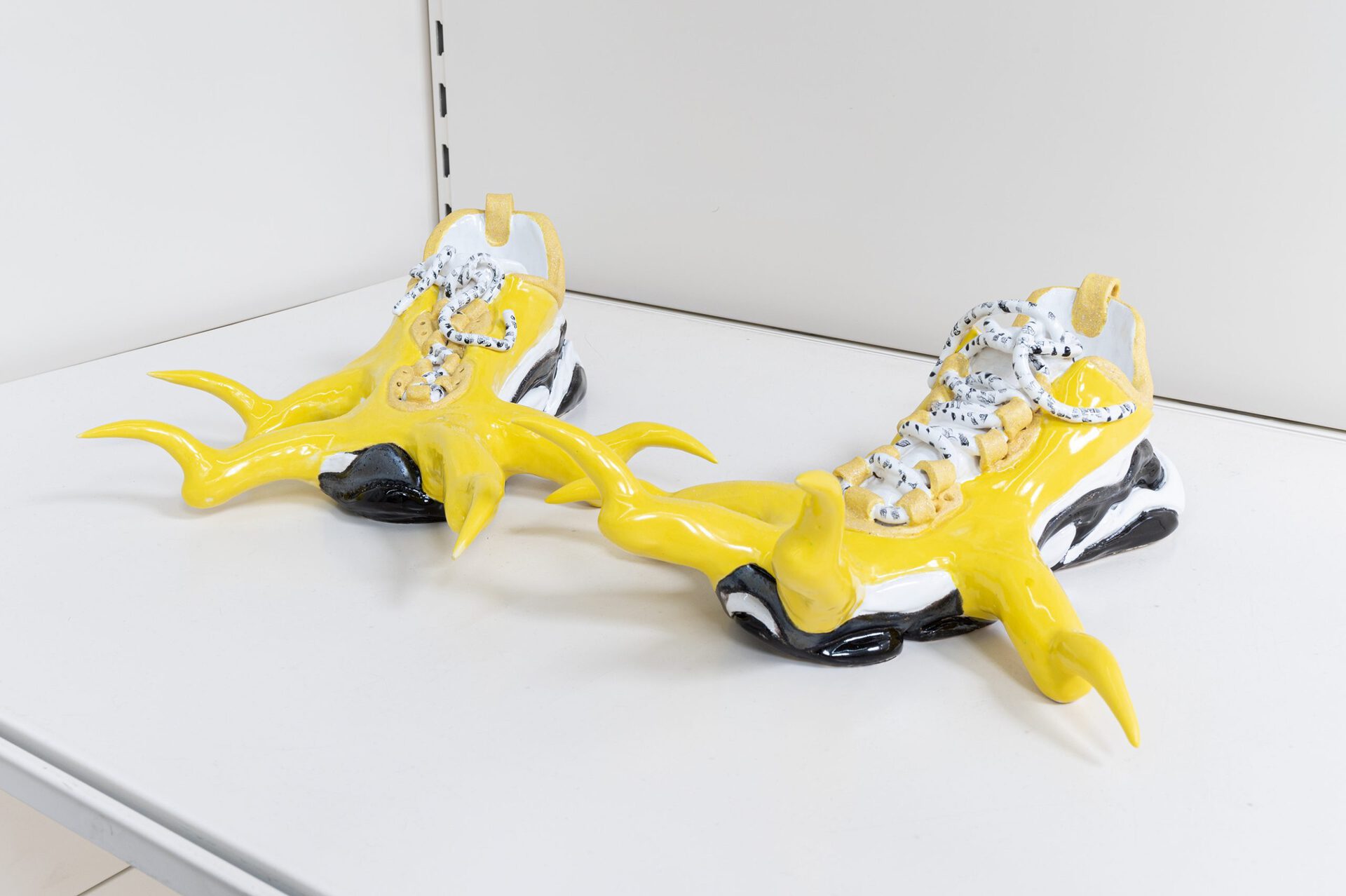
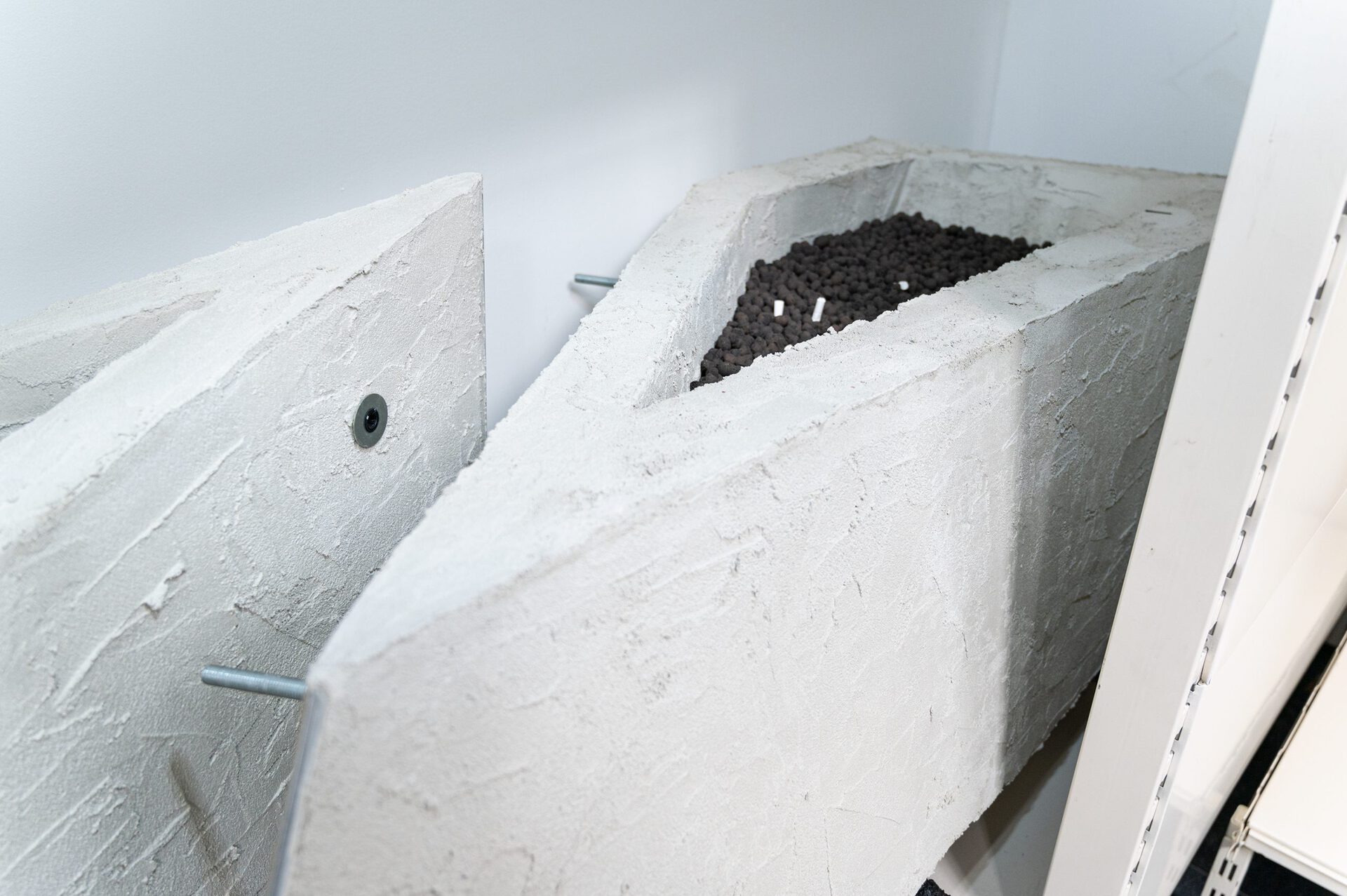
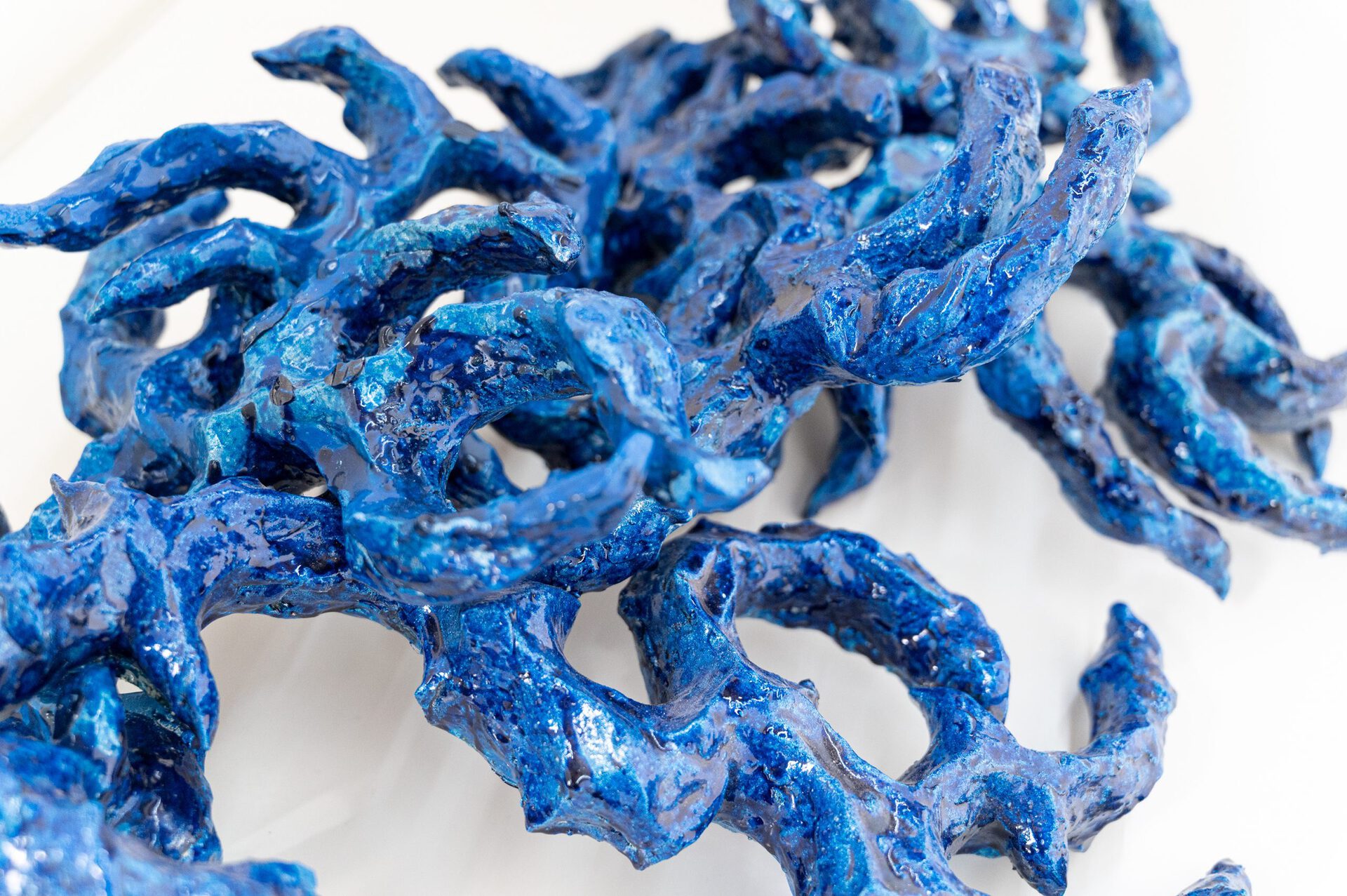
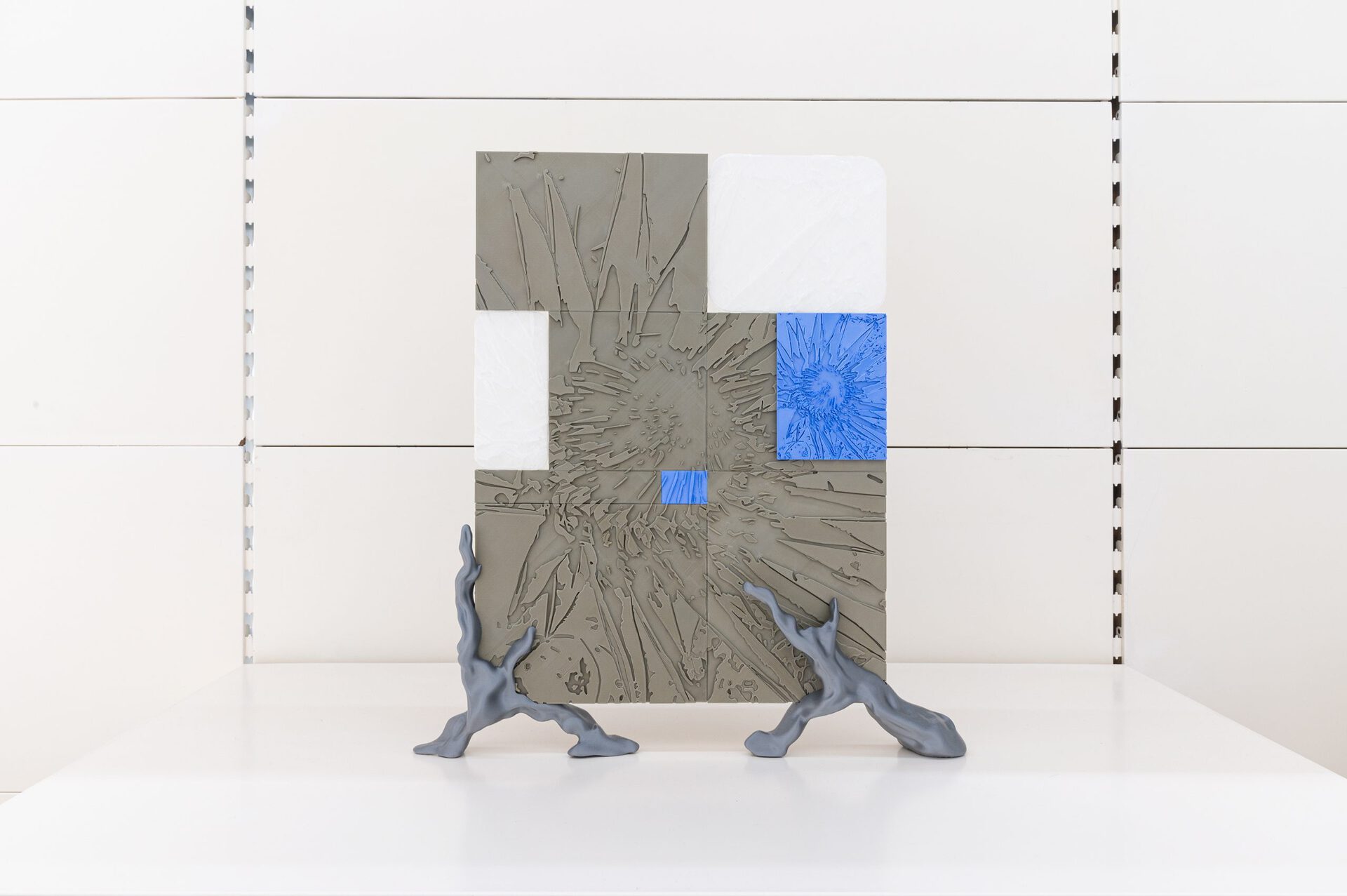
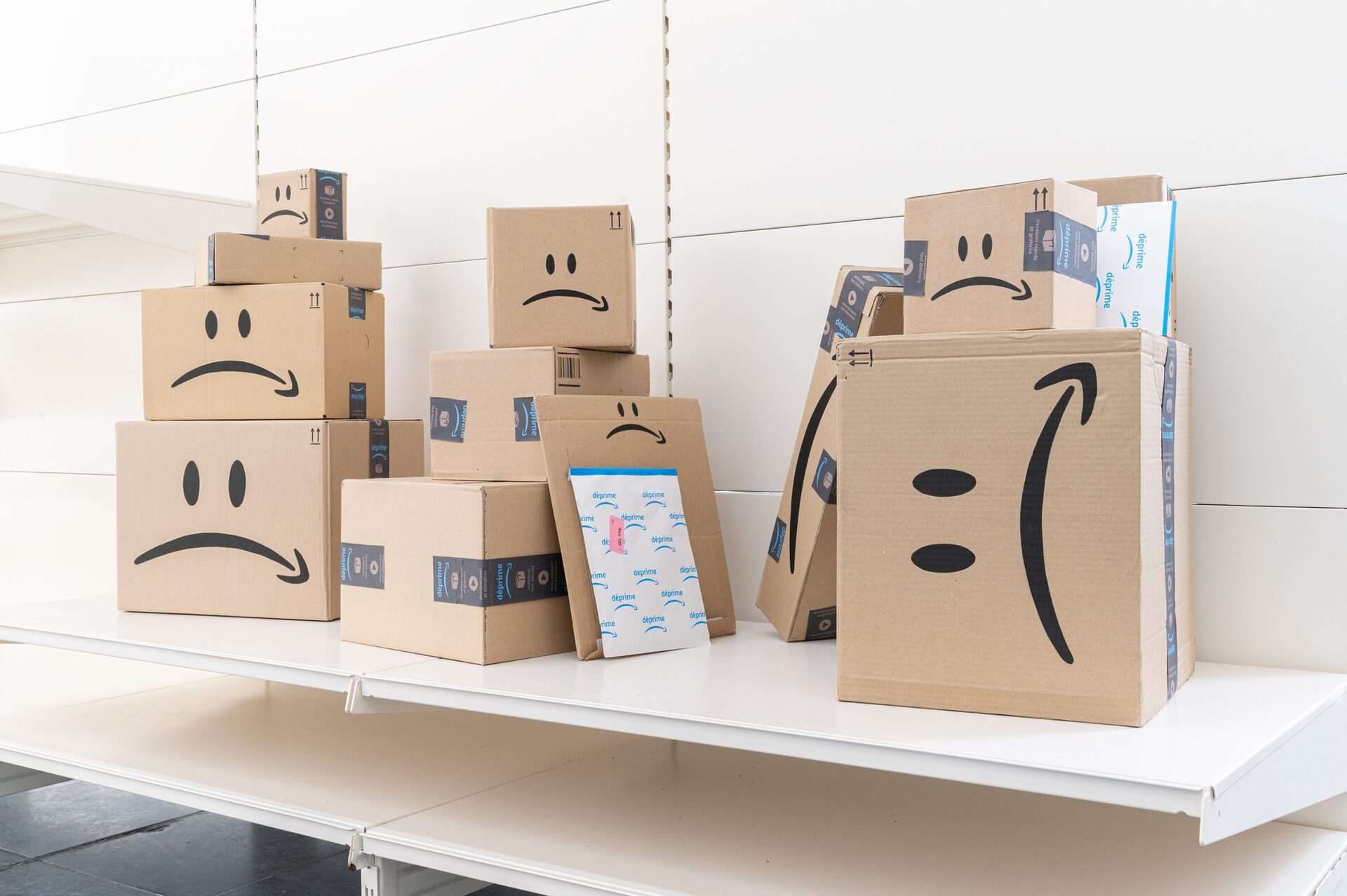
Location
Kunsthal GentDate
18.03 –10.04.2021Curator
In De RuimtePhotography
Matthias Mayz YzebaertSubheadline
The term hyper is related to the theory by Jean Bausrillard hyperrealism which states that reality is a mere reflection of what once was or could be but doesn't relate to the real present. The theory starts from a supposed mediaised reality which states the oiginal has been lost. The distinction between highbrow and lowbrow art is no longer to be judged esthetically. Only the context seems determinative. This means that what is shown within the institute automatically becomes (forced) subjected to the higher cultural experience. The value of art is no longer related to its cultural relevance but depends from its supposed value and its given value.This value will be desided by its place on the market, the media aswell as its institutional handling. Within the exhibition H Y P E R M A R K E T we ask ourselves if the institute has the same cultural relevance it once had or it just became a simulacrum of itself without any contemporary dialogue. The supposed 'higher quality' which is expected from an isntitute are being manipulated by less naticable forces. There are many less cultural motivations taking place when thinking to place a certain artist within its confines. We try to pose a critical reflection on these institutional mechanisms that reach out to all the institutes far beyond the artistic field. We chose to place the artworks within a consumer based esthetic. The exhibition takes place within a white cube esthetic but we chose to install the works on traditional shop racks. These racks have been customised to the artworks needs. We have deconstructed the site to emphasize the function of the artwork in a market situation in contrast to a product.Text
Q&A Tristan Brundler and Van der Borght Bjornus:
Tristan Brundler: Today the world is in transition, the way of perceiving it, its certainties and the way of apprehending it are evolving. Art is a word filled with history, the status of artist is today a form of disguise, an argument of authority. What do you think an artist is today? The function of an artist is, among other things, to be a critical point of view on our world, so what is creation trying to question today?
Van der Borght Bjornus: The very nature of art is subjective and is a constant excercise of reflection and acceptance. This has wider meaning and relates to accepting and understanding the motivation of the artistic practitioner which reflects aspects of life. This crucial human trade should be considered the base of every process and denouncing its relevance is a direct attack on human prosperity.
What is also important is that that understanding of its core necessity does not need to be motivated solely through art. It can perfectly exist within every sociological situation and just needs to be recognised within every circle. Art for that matter functions as a conductor where communicating contemporary thought and transgression should be its core motivation. But that does not mean other approaches like bringing people together or representing a certain idea or even esthetic is less important. Within art everything is possible as long as there is an enteger motivation of sorts. The goal can have a wide array of possibilities.
I feel that creative freedom, which is a fundamental right of every person has similarities toward the free market. Where indeed the image of the creator is more so important than the product. Within this context we see an infiltration by other motivations. Art, just as the institute has become indeed a disguised mechanism that thrives on its supposed image and can move in less ethical paths due to this. This means that simularities within any institute can be easily noticed and should be not be left unadressed.
As we move steadily towards the singularity it becomes more obvious that a system once set up to obtain a certain status quo has fallen victim to its own stagnation. Progression and transgression are the immediate 'enemy' of the ruling class and forces us to be complacent to a world that benifits a ruling few.
This means our times are on the verge of collapsing due to an engine that has been designed to support these elites. This motivation has become questionable and if we due to manipulating factors like the media, foodproduction, ecofascism etc don't evolve in an ethical direction we will not be able to provide a healthy or even sustainable home for our future.
Whereas we just discribed the motivation of the exhibition, it is important to indeed address the selection of the works within the exhibition. In this curatorial situation Sam Gunst, Robert Monchen and myself researched cooperation and group fluidity which we want to visualise through a contemporary and diverse selection.
We have taken in consideration that the works selected should indeed find itself addressing a current norm. because we didn't want to be too polarising we agreed to include a wide array of media and approaches to prove our point of diversity acknowledgement and esthetical freedom within the exhibition. This freedom is handled in a selection of 20 artists however there are clear yet spontaneous links between artists. It is beautiful to see its reciprocally dialogue. This is done purposefully in the tradition of the rhizome to connect pieces together that act independantly yet clearly coexist.
Due to this subliminal dialogue the artworks become juxtaposed to its carrier and critiques the integrity of the carrier and stimulates uncorruptable creation. Eventho it does not answer to an institutional expectancy and by deffinition everything is corruptable if the motivation or climate will be disturbed.
I guess we can for now conclude that the motivation of the public nowadays has clearly separated itself from the motivation of the institute. Corruption is more apparent than ever and has become the thriving force for success. For that matter it is important to address what success is and in our oppinion it is everything but answering to our current institutional agenda!
Further more it is important to address the motivation of the artist more in debt. In my mind this show is more so a product of urgency than a creative installation solely eventho it is both. By this I mean that talking about this topic as an artist is more a promotion of the self than a recognition of its true problem. I mean, for me researching the fluidity between artisthood and curatorship and its commons are a perfect situation to know where to place a collective or more individual approach. As many still struggle with the collective part. Therefore it is important to distance yourself for the greater good yet this is exactly where opportunism driven by competitivity comes into play. Researching these mechanisms and using the artworld as its conductor is of incredible importance for us as individuals and more importantly the collective good.
Thank you!
Robert Monchen & Van der Borght Bjornus